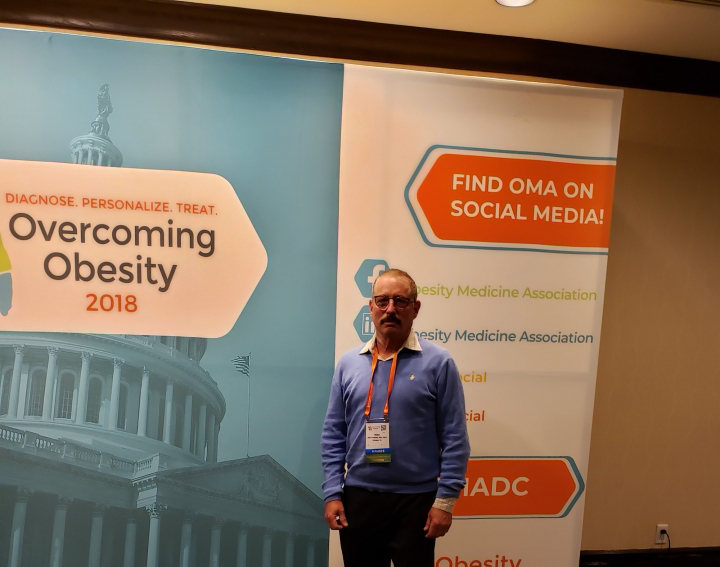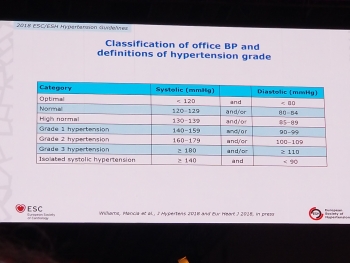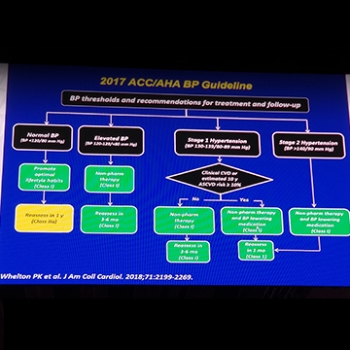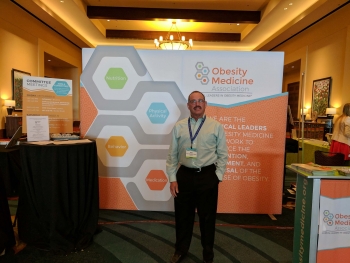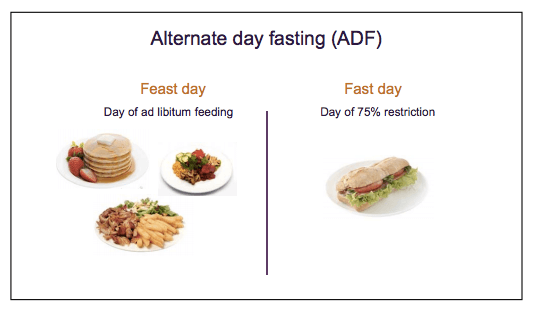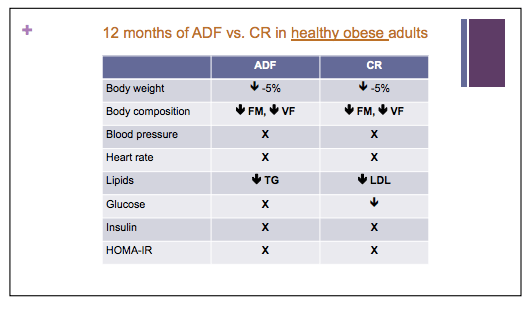We all want to feel good about ourselves and we’re always looking for ways to make sure we can achieve our goals. There are many different body sculpting methods out there, from wraps to intrusive procedures, which can take you out of commission for days, weeks, or even months. There has to be a middle ground in there somewhere. Thanks to a lot of research and many painstaking hours of testing we have that middle ground and it is called lipo light body sculpting. In this article you will learn what lipo light body sculpting is and how it works, in a brief overview.
What is Lipo Light Body Sculpting?
Lipo light body sculpting is one of the most recent discoveries utilizing light to speed up the process your body naturally uses to burn fat. When combined with exercise, lipo light becomes a very effective way to lose inches off your body. Lipo light uses up to sixteen pads that are placed directly on the skin to achieve the best results. Treatment times are about forty minutes long and take place over a four week period. It is recommended that you receive these treatments twice a week over that time period and follow your treatments up with exercise to continue to show results. After the initial lipo light body sculpting treatment period it is necessary that you then choose one of two follow up treatment paths: The first is that you continue to receive maintenance treatments up to twice a week or move onto another part of the body to sculpt. You can also combine the lipo light treatment with the Zerona cold laser treatment to employ the unique benefits of both body contouring therapies.
How does Lipo Light Body Sculpting Work?
Lipo light body sculpting works by using light to target Chromophores. Chromophores are part of a molecule that has the ability to absorb certain types of visible light wavelengths. Some of those light wavelengths cause the fat cell to become permeable by changing the cells round shape. This light creates what is known as photobiomodulation. Photobiomodulation is becoming an applicable therapy for many different things in medical as well as veterinary fields because it causes cell stimulation to get clinical benefits. For lipo light body sculpting the cells that are targeted are the adipose cells which then release and break down the fatty acids and turn them into glycerol. Glycerol is what gives you energy which is why it’s important to exercise. The exercise will also help your blood circulate better therefore resulting in a better outcome from your therapy.
With the aid of lipo light body sculpting, exercise, and sticking to your treatment regimen you can achieve your body appearance goals. Be sure to stay hydrated during treatment periods and get your rest. You can find some more excellent information about lipo light here. With the help of lipo light you can look and feel your absolute best and you deserve that. Be sure to contact your local lipo light professional for more information and to find out if this is the right treatment for you and your lifestyle.





